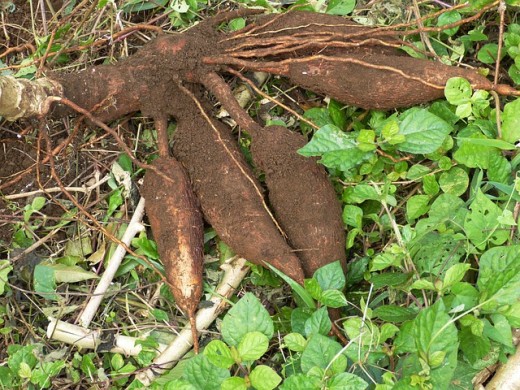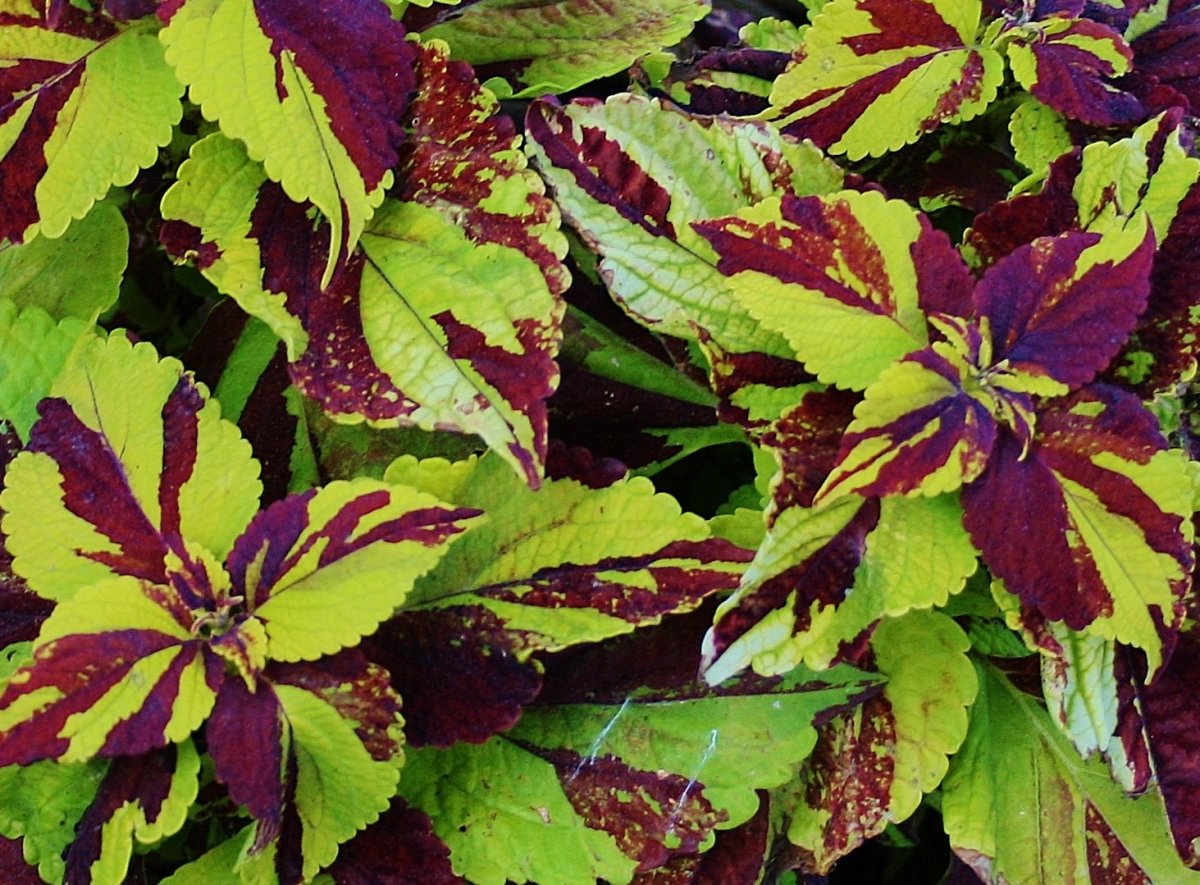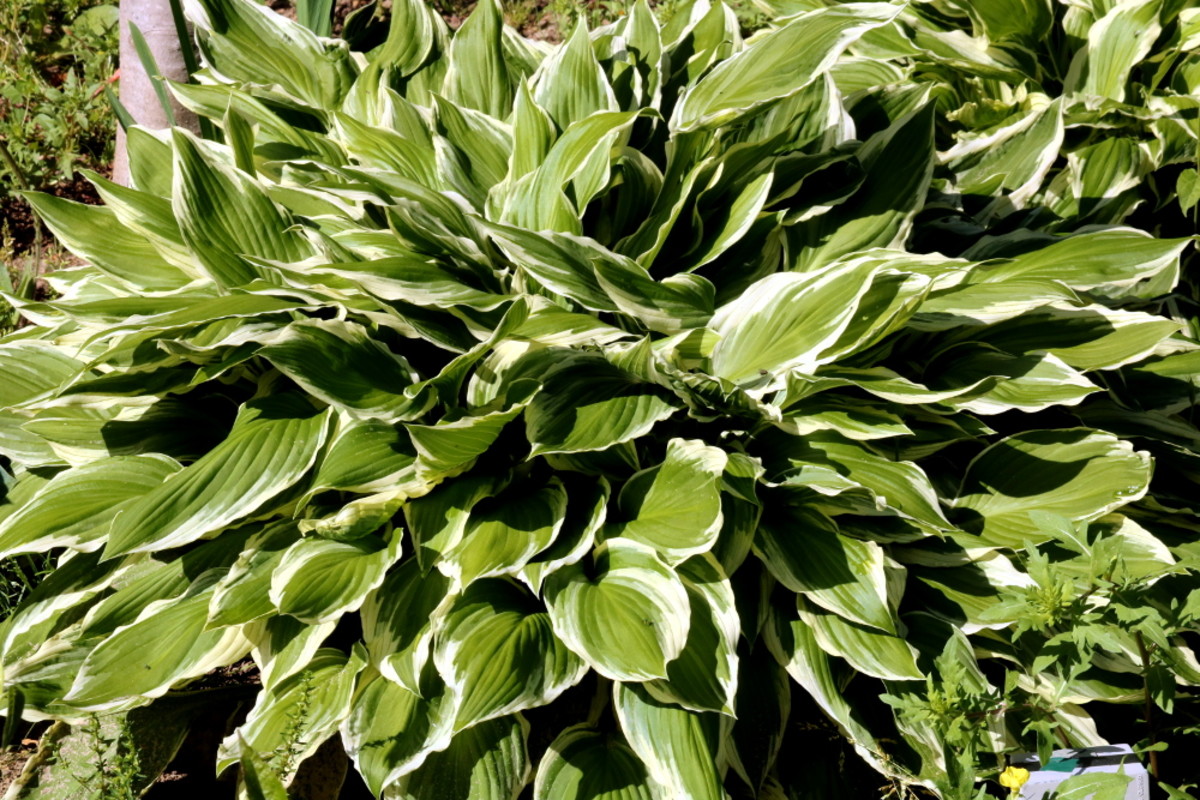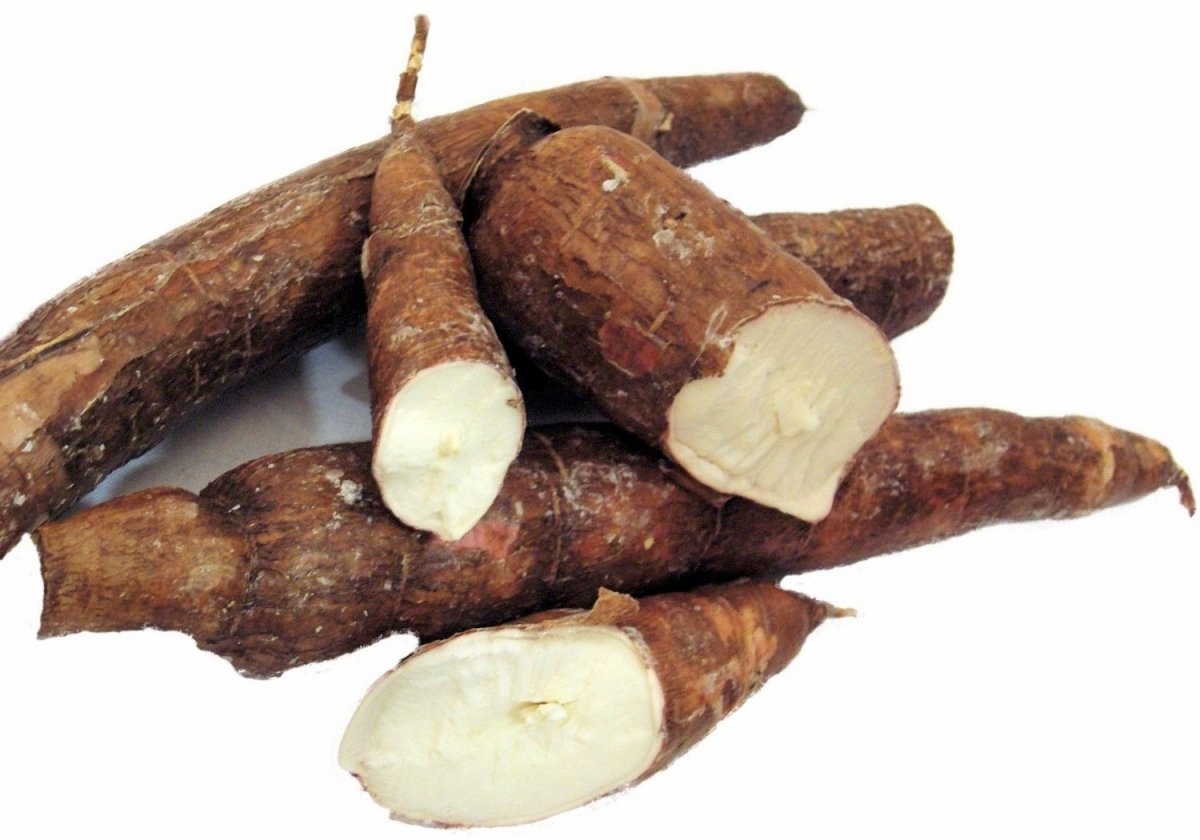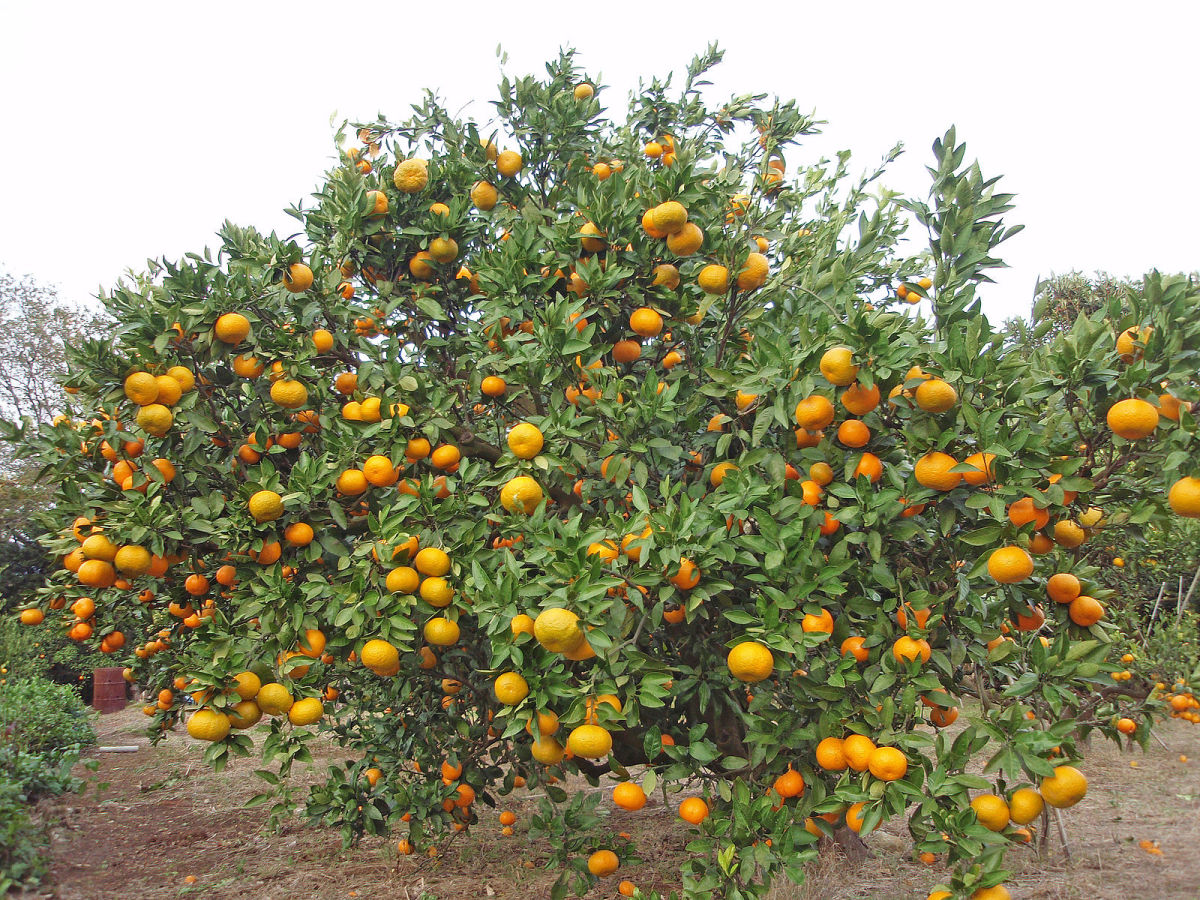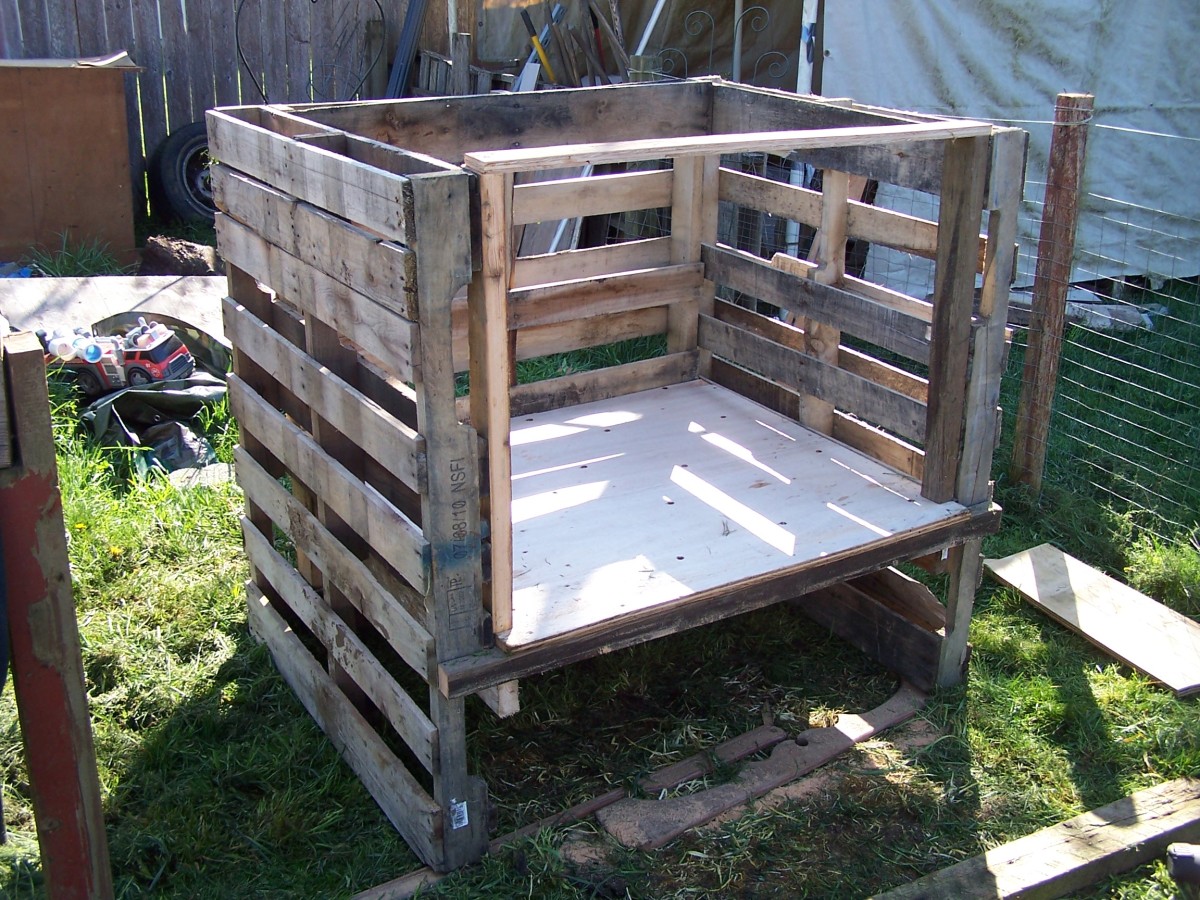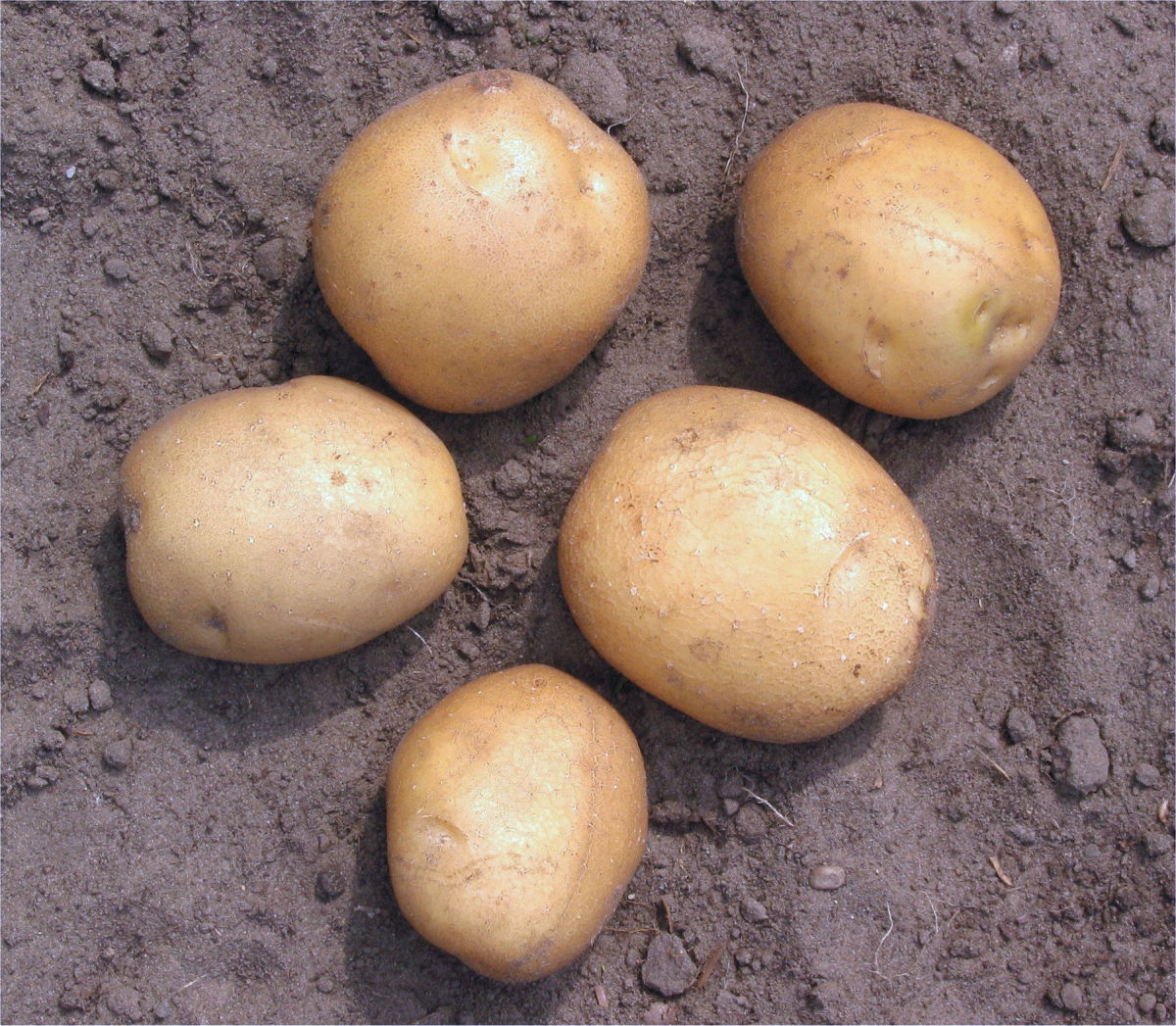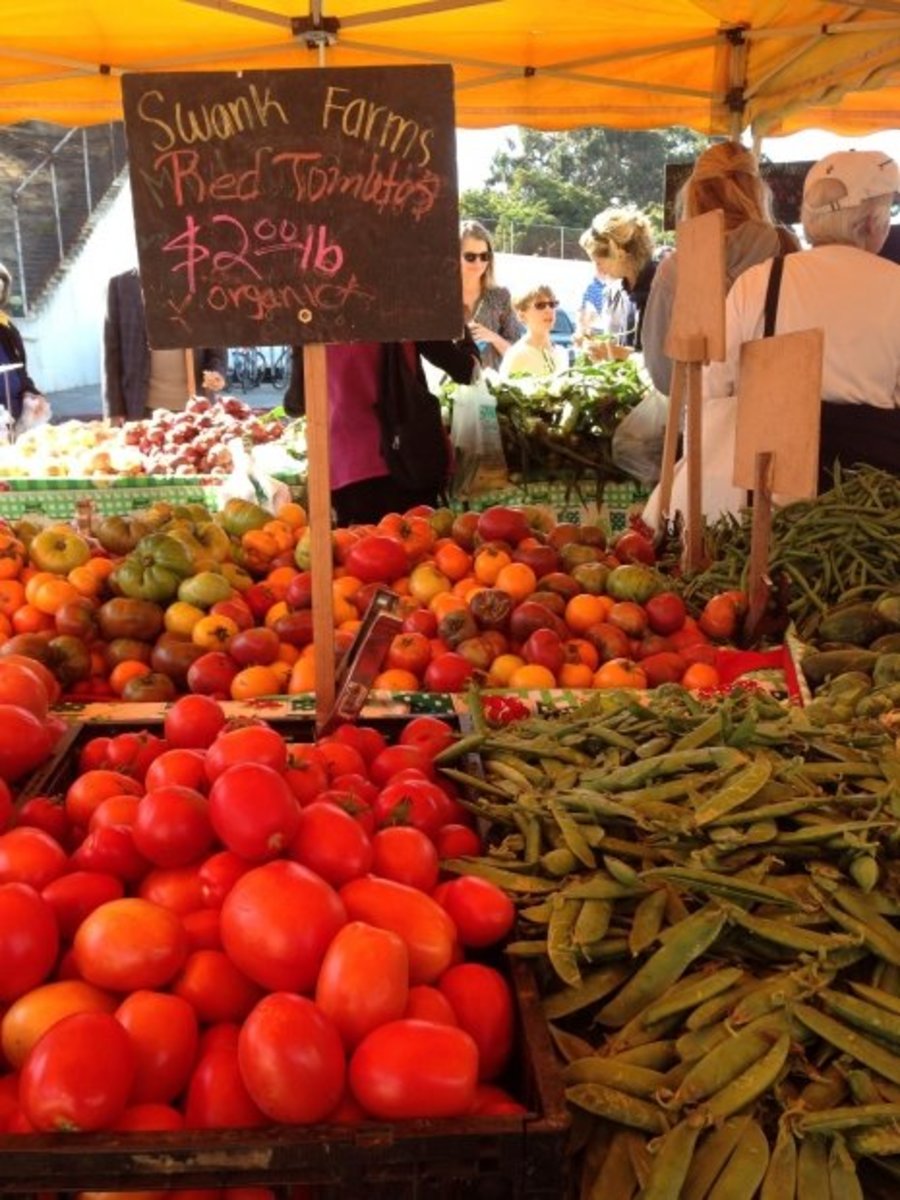Cassava
Cassava
Cassava is a hardy, resilient, and a versatile crop plant. Specifically, we can describe the cassava plant as a shrub usually 2 meter to 2.5 meter in height, with a short brittle stem and high pith content. Its edible root is dark-brownish in color, thick, fleshy, and starchy and usually divides into several partially separate tubers, which grow to lengths of one meter or more. The two main species widely grown in Nigeria are the sweet cassava known as Manihot utilessima and bitter cassava known as Manihot palmate.
The bitter species, Manihot palmate, contains poisonous hydro cyanic acid in its root. Thus, part of the processing of the bitter species of cassava would involve total removal of this poison from the roots. This processing stage has to be very thorough. Despite the comparatively recent origin of the crop, there are many varieties of the two species in cultivation throughout Nigeria. High yields, food qualities, disease-resistance quality are important considerations in the selection of varieties for cultivation.
Cassava thrives well in a well-drained, rich, friable, loamy soil. Still, there is a reason for the hardiness and versatility of the cassava plant. This starchy plant thrives in poor soils.
This quality explains its wide distribution across Nigeria. It thrives well on most of the soil types found in Nigeria. Still, the Southern part of Nigeria still has a large share of cassava cultivation. These states include Imo state, Anambra State, Cross-River State, Rivers State, Delta state, among others.
In addition, cassava thrives under varying climatic, especially rainfall conditions. Although an annual rainfall of 101 centimeter to 152 centimeter is ideal for optimum output, cassava can be cultivated in areas with as little as 51 centimeters a year.
You, as a cassava farmer, can propagate cassava asexually into new breed making use of the asexual propagation of stem cuttings. These stem cuttings are usually planted from March to September. Thus, we can deduce that the planting date of cassava falls under the rainy season.
A stem cutting of 25cm-30cm long is pushed into the ridge or heap tilted at an angle of 45 degree centigrade, two-thirds of it buried with a spacing of around 1 meter by 1 meter from each cuttings. Of course, you must ensure that you apply manure, most preferably organic manure, to the soil prior to planting. Sprouting usually occurs 7 to 14 days later. It is advisable that you continually uproot weeds regularly. You apply around 250 kilogram/hectare of N.P.K fertilizer four to six weeks after planting. However, farmers do prefer organic manuring .There is a choice of organic manuring or inorganic manuring.
While the cassava grows, there is a possibility of pests and diseases attacking the cassava plant, especially when the cassava farmer did not plant a disease-resistant variety. There is the variegated grasshopper whose adults and nymphs eat up the leaves and young stems of the cassava plant. The farmer can control these grasshoppers by handpicking them off the plants or spraying with insecticides. Be careful with the insecticides spray so that the substance does not stick to the plant. Do also think of our ozone layer and ensuring good practices when it comes to the conservation of our environment. There are rodents which include bush rats, grass cutters, cane rats. Those rodents that dig up the alluvial soil on which cassava plants thrive on .Those rodents that gnaws at nature’s treasure with their cursed canines. A cassava farmer should be conscious of the destructive tendencies of these rodents. A farmer controls these pests and put them in their place by trapping, placing a wire fencing around your farms, making use of rodenticides or poisons, use of its natural predators like dog and cat.
Relating to diseases, a farmer should keep his or her eyes on diseases that can be devastating on one's cassava farm if he does not take care. There is the cassava mosaic disease. A virus transmitted by the piercing and sucking white flies causes this disease. The symptoms of the cassava mosaic disease include mottling of the leaves and a mosaic pattern on them, distortion of the stem or leaf, stunted growth, vein clearing and reduction in yield. The controls against cassava mosaic disease include uprooting and burning the infected plants, spraying with insecticides to kill the vector. Preventive measures include planting resistant varieties and disease free stem cuttings of cassava. A farmer should ensure there is a continual practice of farm sanitation.
When a farmer notice an angular, water-soaked area of discolored leaf tissue, blighting, wilting, reduction in yield, the farmer should know that the cassava is not under the weather. The plant could be under attack from bacteria blight. As the name implies, bacteria is the cause of the blight. Going for resistant variety of these plants remain the best option. At the very start, do not just buy any stem cuttings. Ensure it is a stem cutting from a disease-resistant variety. In addition, the practice of crop rotation is some cultural practices to imbibe during cultivation.
A fungus can cause disease in the cassava plant. The name of the disease is the angular leaf spot. Symptoms include spores, which produce pale, brownish color on affected leaves. Spray with chemicals called fungicide, uproot and burn infected plants and the use of resistant varieties should be employed.
There are other diseases. The cassava farmer must stay alert and take action when there is a noticeable deviation from the normal structure of any of the parts of the growing cassava plant. He or she should consult with agricultural experts, especially in the area of plant diseases and pest attacks, if not sure of a particular deformation.
The cassava is due for maturity between 8 to 15 months after planting, depending on varieties. The cassava farmer can harvest making use of cutlass. Alternatively, the technologically adept farmer can adopt the cassava puller. No matter the implement used for the harvesting, the most important is that the farmer should uproot the stem of the cassava plants gently so that there is no damage done whatsoever to the root.
The harvested cassava tuber can be processed into garri, foo foo, flour or even livestock feed. However, at this point of storage, a cassava farmer can expect an offer from the biofuel merchants. The possibility of such an offer from a biofuel merchant is realistic. This is because ethanol, a form of bio fuel, is a by-product of the starchy content of cassava. The ethanol from the starchy content of cassava possesses a very high-energy content per acre. Thus, in the face of the unpredictable price of crude oil in the world market, it is economically viable to convert cassava ethanol, known as bio fuel and use to power up some bio fuel-compliant machines to do your work.
Barring any unforeseen circumstances, a farmer can harvest between 25-40 tonnes of cassava per hectare with effective irrigation and constant fertilizer application. It is very much highly possible that with the right technology in place, one can get 200 liters of ethanol from a tonnes of cassava, assuming the cassava have at least 22% starch content. You can make the calculation and really know the economic value of that tonnes of cassava you just harvested. Now, we have people who would differ on the practice of converting cassava to fuel. They fear an apocalyptic shortage of food, thus, leading to a large-scale hunger worldwide.
At the end, the cassava farmers remain the one to make the decision whether their harvested cassava should be for fuel or for food.
We, the people of Earth that consume both food and fuel, only hope they choose wisely.
Food Vs. Fuel
In which following form should cassava be best processed?
